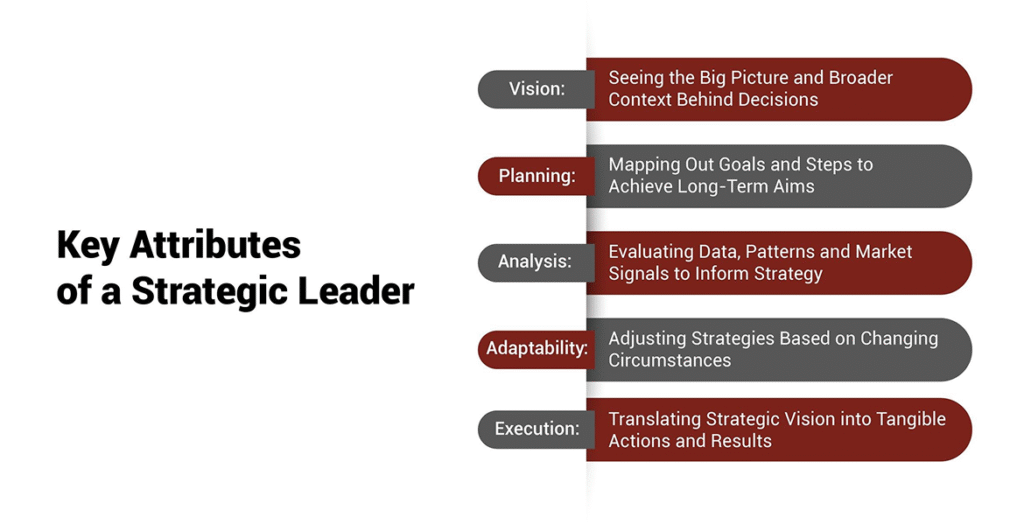Business Strategy Tips for Modern Leaders
The role of leadership has evolved dramatically in recent years. The challenges facing organizations are more complex, competition is global, and innovation moves at lightning speed. To thrive, executives must embrace a modern leadership strategy that blends foresight, adaptability, and resilience. The following insights offer practical direction for leaders aiming to transform their approach and position their businesses for long-term success.

Embracing Modern Leadership Strategy
A modern leadership strategy begins with clarity of vision. Leaders today must articulate not only where their company is going but also why it matters. This sense of purpose becomes the North Star that guides decision-making, inspires teams, and fosters loyalty among stakeholders.
Equally critical is agility. In volatile markets, leaders cannot afford to cling to outdated methods. They must cultivate a culture of continuous learning, where change is viewed as opportunity rather than threat. A modern leadership strategy demands balancing confidence with humility—the wisdom to lead decisively while remaining open to fresh perspectives.
Practical Business Tips Today
Effective leadership does not exist in isolation; it must be rooted in real-world practices. A collection of business tips today can provide structure to the complexities of running an enterprise. One such tip is leveraging data analytics. Information is the lifeblood of strategy, and leaders who harness it wisely can spot opportunities and avoid costly missteps.
Another practical tip involves prioritizing communication. Transparent and consistent dialogue fosters trust and alignment, especially in hybrid or global teams. Among the most valuable business tips today is also the emphasis on sustainability. Modern consumers and investors increasingly demand responsible practices, and organizations that ignore this risk falling behind.
Smart Leader Guidance
Beyond broad strategy, leaders need actionable direction. Smart leader guidance emphasizes the importance of empathy in management. Understanding employee needs and cultivating well-being is no longer optional—it is central to productivity and retention. Leaders who show genuine care foster loyalty that no paycheck alone can secure.
Additionally, smart leader guidance points to the need for delegation. Trying to micromanage every detail undermines efficiency. Instead, empowering teams with autonomy allows innovation to flourish. This guidance also includes leveraging networks—building relationships with peers, mentors, and even competitors to exchange knowledge and sharpen ideas.
Effective Strategy Moves
Grand visions are meaningless without execution. Leaders must master effective strategy moves that turn theory into reality. One move is scenario planning. By preparing for multiple possible futures, leaders insulate their organizations from shocks and gain confidence in their adaptability.
Another powerful move is aligning incentives with outcomes. When employee goals are tied directly to organizational success, motivation soars, and accountability strengthens. Leaders can also embrace incremental innovation as part of their effective strategy moves—small, continuous improvements that compound over time and drive significant results.
Balancing Tradition with Innovation
While forward-thinking strategy is essential, leaders should not disregard proven practices. The strongest leadership blends tradition with innovation. Legacy practices such as ethical decision-making, long-term relationship building, and consistent performance remain just as relevant as new digital tools or disruptive business models.
The true artistry of leadership lies in knowing what to preserve and what to reinvent. By blending timeless wisdom with novel tactics, leaders create balanced strategies that serve both present demands and future aspirations.
The Human Element in Strategy
It is easy to focus on markets, technologies, and profits when discussing strategy. Yet, people remain the core of every organization. A modern leadership strategy recognizes that human capital is the most valuable asset. Investing in training, development, and inclusion ensures that teams are not just competent but inspired.
Moreover, employees today crave meaning in their work. Leaders who align organizational goals with personal values create a shared sense of mission that fuels both performance and satisfaction. This human-centric approach distinguishes successful leaders in a competitive landscape.






